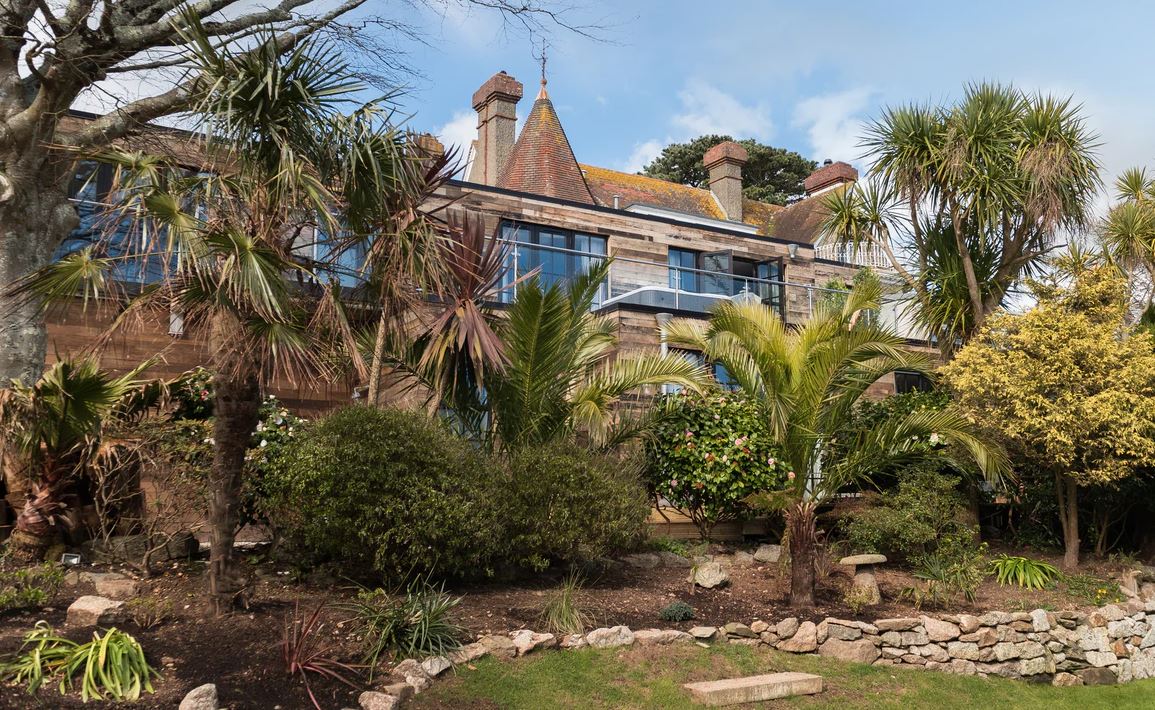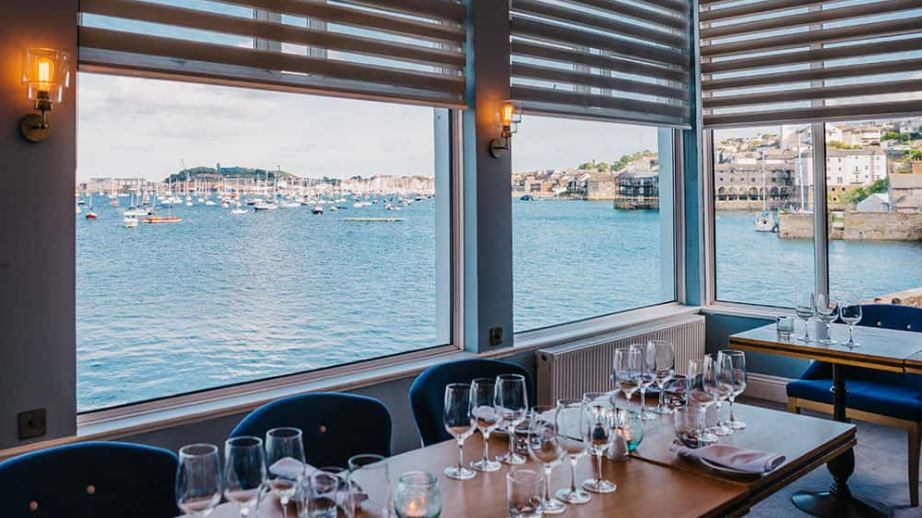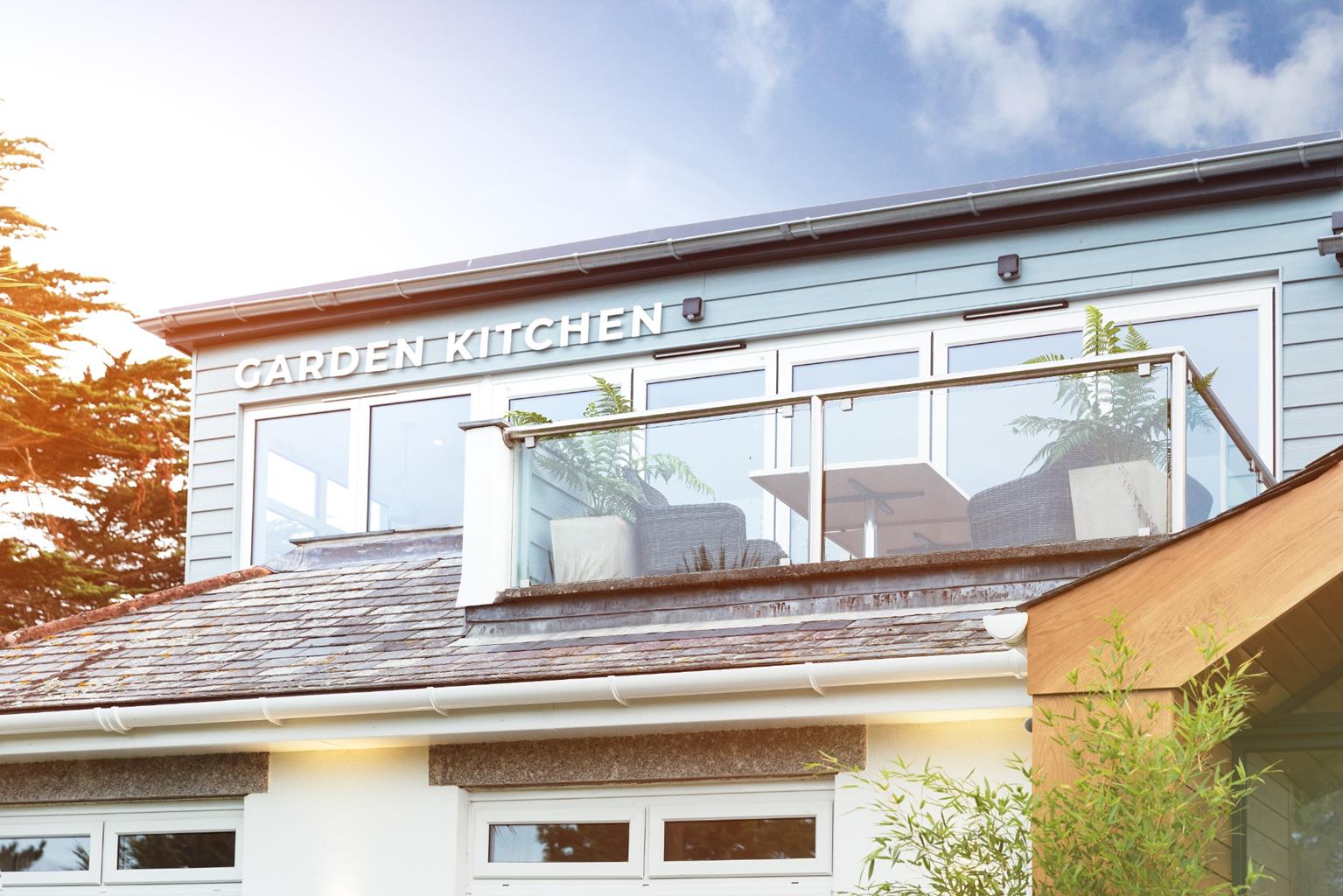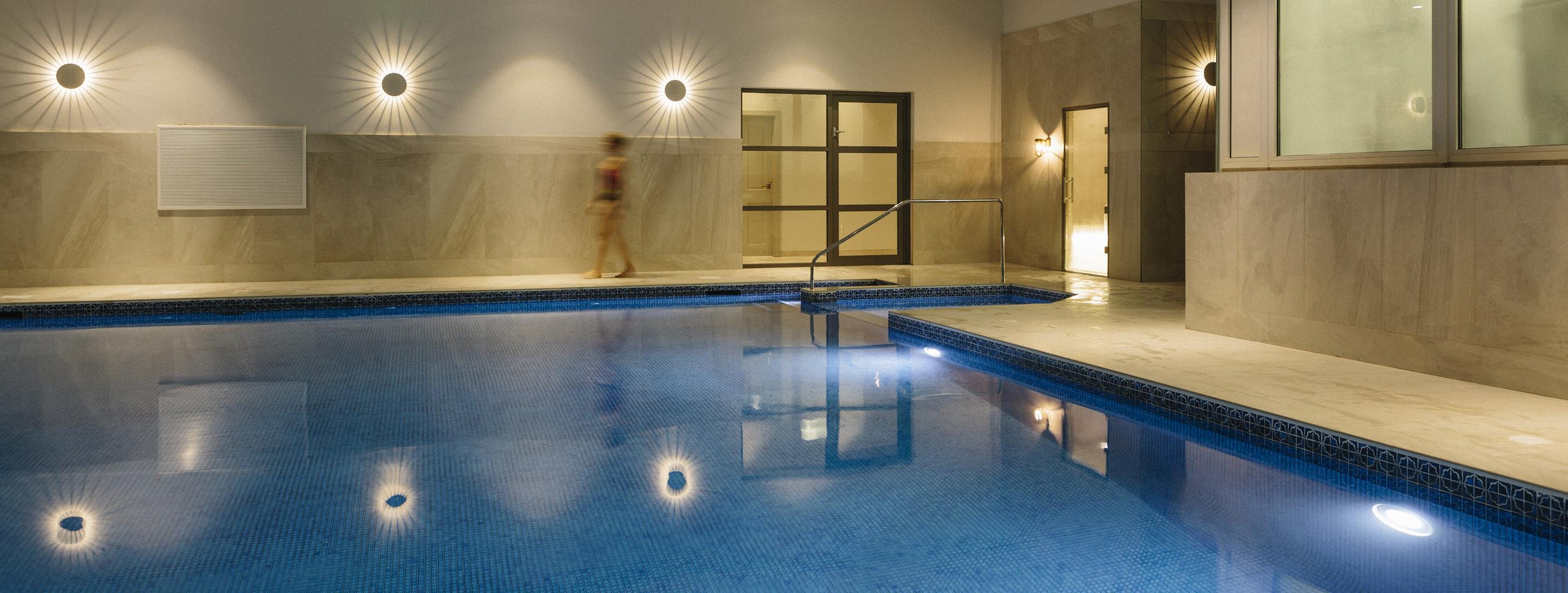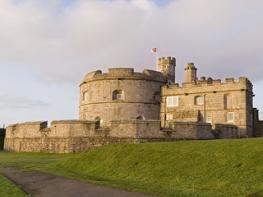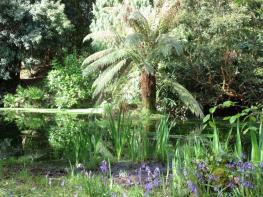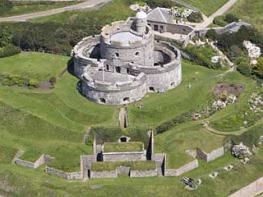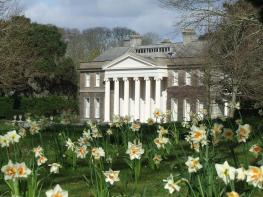Set in Packet Quays, one of the most spectacular waterfront locations in Cornwall, the Penthouse…
Walking Around Falmouth

3 miles (4.8kms)
About the walk
Modern Falmouth stands on the wide estuary of Carrick Roads, one of the world’s largest natural harbours. It developed as a port after Henry VIII built a formidable castle on Pendennis Point, at the eastern part of the town, and another castle on the opposite headland at St Mawes. Pendennis Castle survives as one of the finest examples of Tudor fortifications in Britain. In the late 17th century Falmouth became a postal packet station from where fast brigantines carried mail, first to Spain and then as far as the Americas. Other developments included fishing, and shipbuilding and ship repairing. Today the town has a thriving tourist industry and is a leading educational centre hosting the Combined Universities of Cornwall as well as Falmouth Art College, a Marine School and a School of Mines.
Great maritime heritage
The walk begins at The Moor, once a tidal creek and now a rather trafficbound focal point of the town’s busy commercial life. A short step takes you to Prince of Wales Pier, ever busy with river ferries. The walk then leads along Falmouth’s main street, which is made up of the linked thoroughfares of Market Street, Church Street and Arwenack Street. The waterfront opens up now and the National Maritime Museum is passed on your left. The second part of the walk leads past Falmouth Docks and then heads along the bayside road of Cliff Walk to reach a little complex of Victorian grottoes and follies. These include the Gyllyngdune Gardens, created in the 1830s as part of the Gyllyngdune estate. Above the gardens is the Princess Pavilion, opened in 1911 and used still for public entertainment. Beyond here a pleasant stroll leads along the tree-lined central parade of Arwenack Avenue and on past Falmouth’s Old Synagogue, which was built in 1808 and served the town’s Jewish community until 1879. A little further on you reach the Jacob’s Ladder Inn. Opposite is the start of ‘Jacob’s Ladder’, whose 111 steep steps take you back to The Moor. It was built by a 19th-century merchant, Jacob Hamblyn, as a link between his house above and his workshop below.
Walk directions
Walk down Webber Street past the Falmouth Art Gallery and to the left of the town hall. Turn right into Market Strand and visit the Prince of Wales Pier, from where you can enjoy estuary and waterfront views. Returning from the pier, turn left along Falmouth’s busy main street, passing the entrances to other quays on the way and eventually reaching the National Maritime Museum.
Continue past a rather bleak-looking granite obelisk dating from the late 18th century. Go along Grove Place and bear round left along Marine Crescent, which becomes Bar Terrace. Cross over at a junction then, opposite the entrance to Falmouth Docks, bear right and go under a railway bridge. Cross with care at a roundabout, then continue up Castle Hill opposite. Keep right at the top of the rise at a junction with Pendennis Rise and continue along Castle Drive.
Turn right and follow Cliff Road alongside the sea for about 0.5 miles (0.8km). To visit Pendennis Castle, keep straight ahead along Castle Drive from the junction with Cliff Road. Then retrace your steps to follow the walk route along Cliff Road.
Pass a tiny building with a stairwell that leads down to a viewpoint. Just before a little Gothic folly cross the road with care. Go up the left-hand walkway of Gyllyngdune Gardens. In a few paces, go right down some steps and pass through a little sunken grotto, then continue up the steps opposite. (You can also reach this grotto by going through a narrow tunnel at road level, if its gate is unlocked.) Follow the walkway past two shell grottoes and continue ahead to reach a gate into the grounds of the Princess Pavilion.
Leave by the opposite left-hand corner of the Pavilion grounds and then through the Pavilion’s entranceway. Go down the steps between the brick pillars and then go right down Gyllyngvase Terrace to a junction with Melvill Road. Cross the road diagonally right and go down some steps, then turn right along Avenue Road. Follow the road downhill and go beneath a railway bridge, then turn left along the peaceful, tree-lined central parade of Arwenack Avenue.
Walk between the flanking pillars at the end of the avenue, cross Swanpool Street, with care, and keep ahead along Gyllyng Street to its end. Keep up to the left where the street forks, pass the brick-fronted Old Synagogue and keep left at a fork to go along Vernon Place. Bear round to the left by The Jacob’s Ladder Inn, then, just opposite the pub, turn right, brace yourself, and descend the steps of Jacob’s Ladder, carefully, to The Moor.
Additional information
Surfaced walkways and paths; very steep steps descend at end of walk
Townscape and seafront
Dog fouling of streets is prohibited
OS Explorer 105 Falmouth & Mevagissey
Town Quarry on Quarry Hill; The Moor car park off Killigrew Street
Prince of Wales Pier; Arwenack Street; Princess Pavilion
WALKING IN SAFETY
Read our tips to look after yourself and the environment when following this walk.
Find out more
Also in the area
About the area
Discover Cornwall and Isles of Scilly
Cornwall has just about everything – wild moorland landscapes, glorious river valley scenery, picturesque villages and miles of breathtaking coastline. With more than 80 surfing spots, there are plenty of sporting enthusiasts who also make their way here to enjoy wave-surfing, kite surfing and blokarting.
In recent years, new or restored visitor attractions have attracted even more visitors to the region; the Eden Project is famous for its giant geodesic domes housing exotic plants from different parts of the globe, while nearby the Lost Gardens of Heligan has impressive kitchen gardens and a wildlife hide.
Nearby stays
Restaurants and Pubs
Nearby experiences
Recommended things to do
Why choose Rated Trips?
Your trusted guide to rated places across the UK
The best coverage
Discover more than 15,000 professionally rated places to stay, eat and visit from across the UK and Ireland.
Quality assured
Choose a place to stay safe in the knowledge that it has been expertly assessed by trained assessors.
Plan your next trip
Search by location or the type of place you're visiting to find your next ideal holiday experience.
Travel inspiration
Read our articles, city guides and recommended things to do for inspiration. We're here to help you explore the UK.



